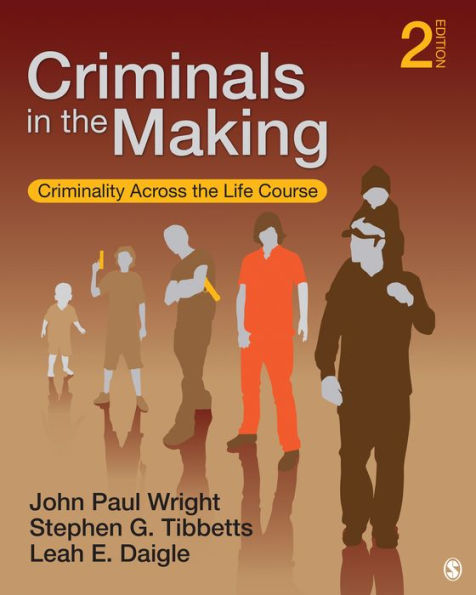5
1
9781452217994



Criminals in the Making: Criminality Across the Life Course / Edition 2 available in Paperback, eBook

Criminals in the Making: Criminality Across the Life Course / Edition 2
- ISBN-10:
- 1452217998
- ISBN-13:
- 9781452217994
- Pub. Date:
- 02/10/2014
- Publisher:
- SAGE Publications
- ISBN-10:
- 1452217998
- ISBN-13:
- 9781452217994
- Pub. Date:
- 02/10/2014
- Publisher:
- SAGE Publications

Criminals in the Making: Criminality Across the Life Course / Edition 2
$95.0
95.0
In Stock

Product Details
| ISBN-13: | 9781452217994 |
|---|---|
| Publisher: | SAGE Publications |
| Publication date: | 02/10/2014 |
| Edition description: | Second Edition |
| Pages: | 328 |
| Product dimensions: | 7.90(w) x 9.90(h) x 0.80(d) |
About the Author
From the B&N Reads Blog

